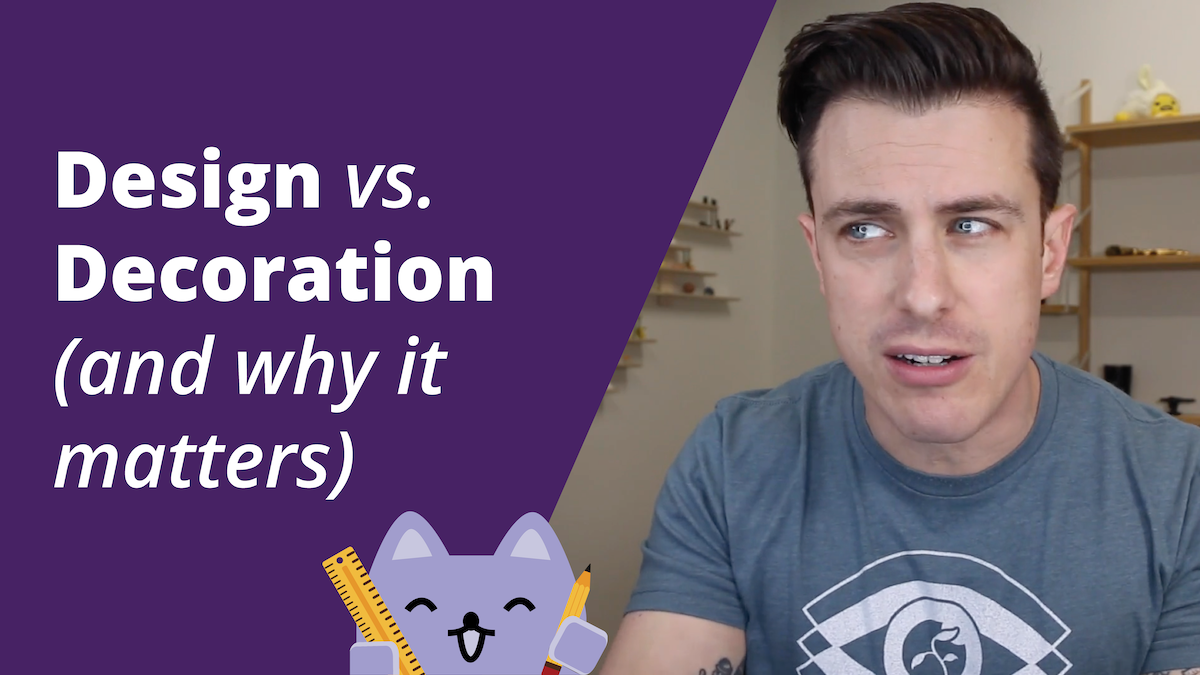
Design vs. Decoration—and why it matters for your compliance guidance
Ever had to work on a presentation or report (or whatever) and get bogged down in the Sisyphean task of trying to decide what graphics or headings or font to use?
Yeah, it’s the worst.
But it’s also easily avoidable—if you know how to get everyone on the same page as to what you’re trying to accomplish. And that’s what today’s video is all about.
 Want to get a massive head start by using tools and templates that all embrace this approach?
Want to get a massive head start by using tools and templates that all embrace this approach?
Join Compliance Design Club today!
Production Notes
Note that we don’t talk about design tools or principles like the grid or hierarchy or whatever here in any instructive sense, because those are relevant after you get everyone on the same page—and are better-handled by an actual designer anyway.
Your goal, as the lawyer or compliance professional, should be to know how to communicate what you want to a designer, not take time away from compliance by riding the struggle bus to DIY Designtown.
Making adjustments to something on your own is fine; we try and set up our work to allow for that, and that’s often more efficient than running every single change through a designer. On the other hand, if you’re trying to create stuff from scratch on your own—so like, you’re spending 5x the time to make something a fifth as good—you’ve strayed away from where you add unique value.
Decoration has a place, of course. But it comes after you think through and tackle utility, and then in a way that doesn’t detract from utility. Poorly thought-out decorations, for example, are worse than none—they compete with the real message instead of adding to it. (If you want to see how this plays out in the real world, go find the nearest stop sign, cover it in Lisa Frank stickers, and see how people react.)
Focusing on design over decoration will, at a minimum, help you avoid some of the more embarrassing visual blunders people make. You know what I mean—like when you see outside counsel using clipart emojis because a partner felt like the presentation needed more pictures, so you end up with a presentation deck that looks like it was made by the world’s most expensive kindergarten teachers.


